Each temple tells a unique story of faith, culture, and craftsmanship. From the northern Himalayas to the southern tip of the subcontinent, India’s temple trail offers a journey into the heart of its spiritual diversity.
In this article, we explore eight architectural wonders that stand as testaments to India’s spiritual Diversity.
Architectural Wonders showcasing India’s spiritual diversity:
1. Akshardham Temple, Delhi: A Fusion of Art and Spirituality
The Akshardham Temple in Delhi is a stunning example of modern architecture merged with ancient design principles. This temple complex is a blend of traditional Indian craftsmanship and advanced construction techniques.
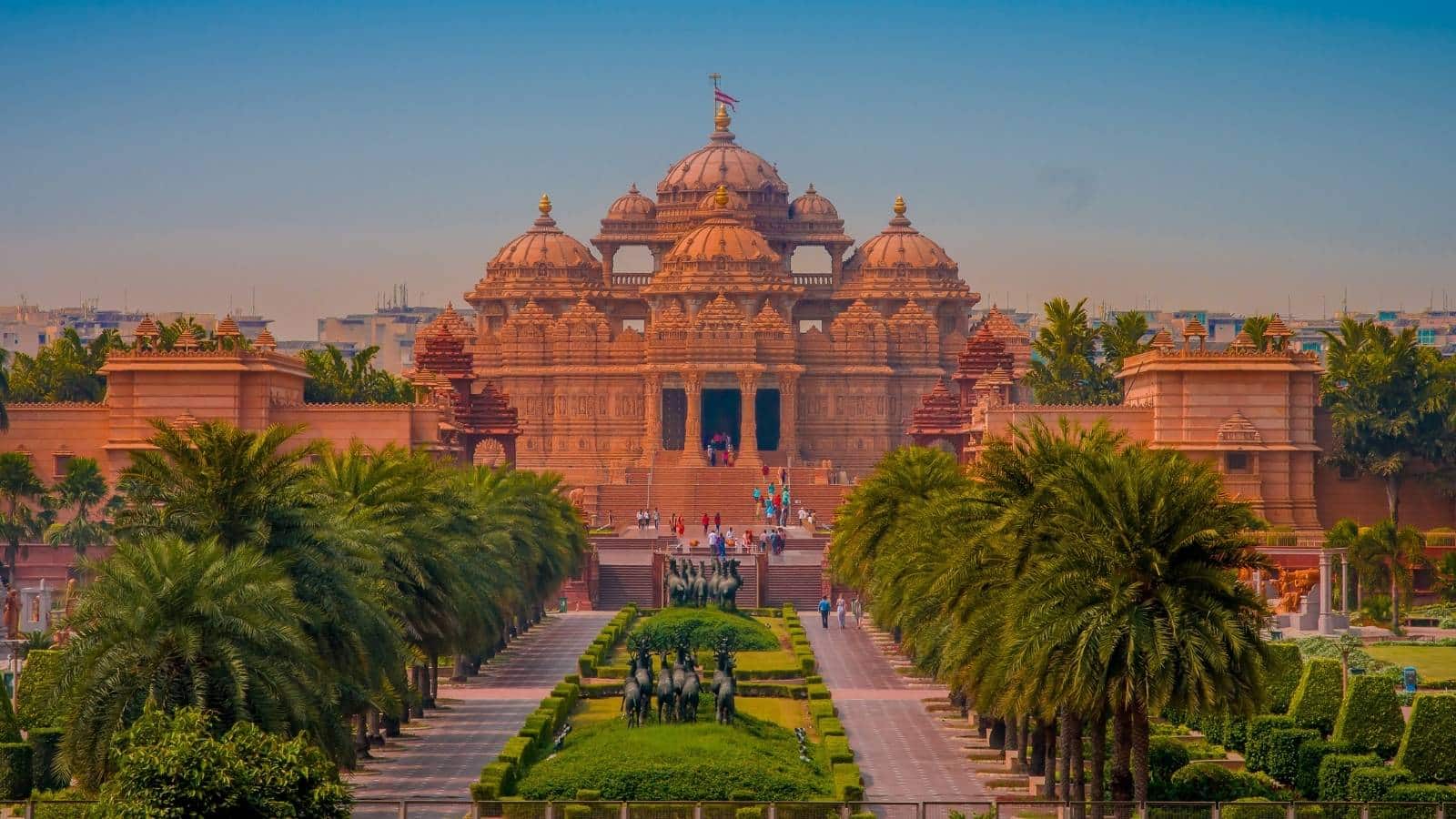
Its intricate carvings, majestic domes, and tranquil reflecting pools create an atmosphere of spiritual reverence. Dedicated to Bhagwan Swaminarayan, the temple showcases the essence of Hindu culture while welcoming people from all walks of life.
2. Golden Temple, Amritsar: A Symbol of Unity and Equality
The Golden Temple, also known as Harmandir Sahib, is the holiest shrine in Sikhism. Its striking golden façade reflects both the temporal and spiritual aspects of life.
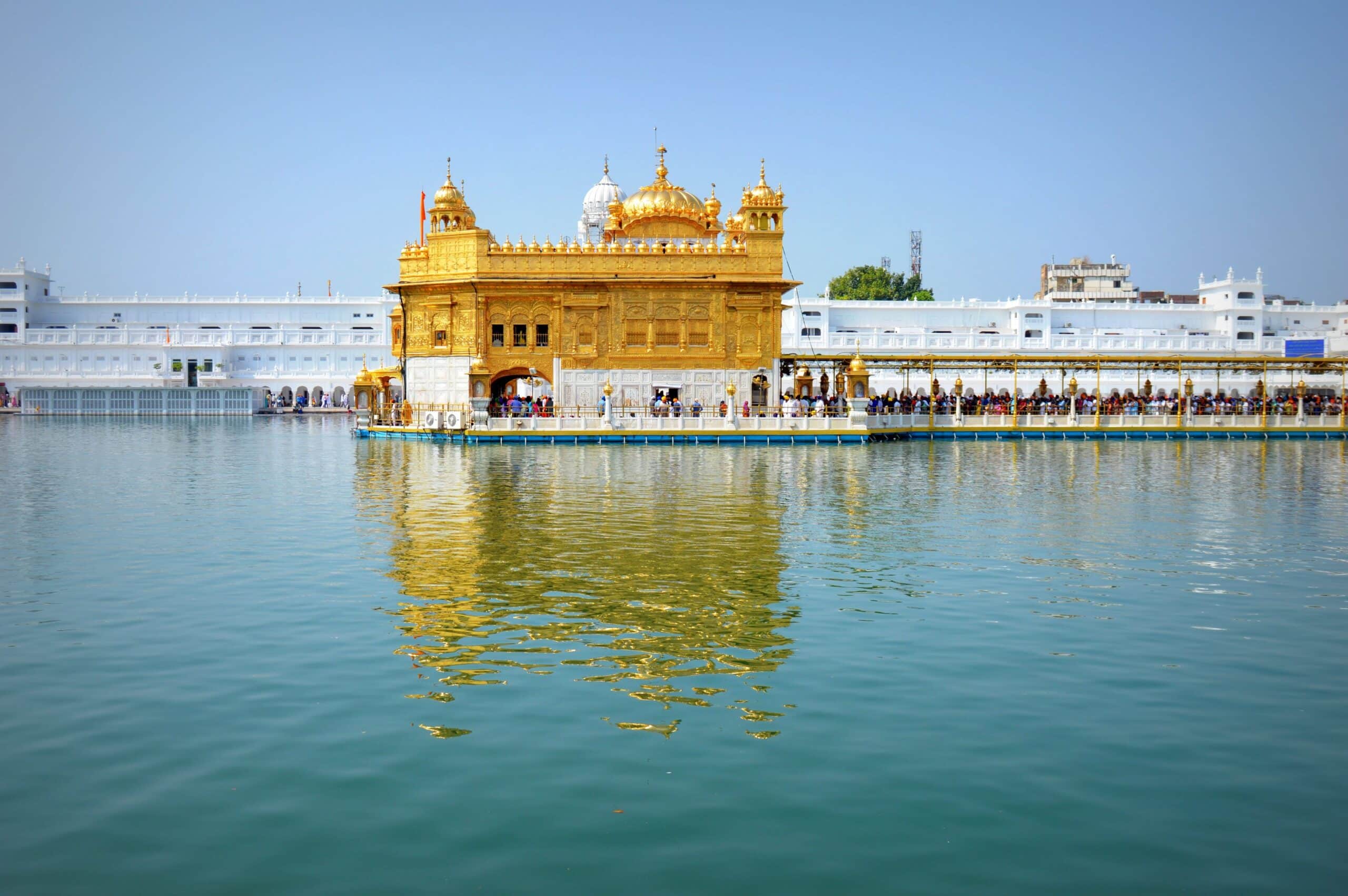
The temple’s unique architecture includes a central Sikh worship place, surrounded by a serene water body that represents the oneness of all faiths and backgrounds.
The temple’s langar (community kitchen) serves free meals to all visitors, exemplifying the Sikh principles of equality and selfless service.
3. Brihadeeswarar Temple, Thanjavur: An Architectural Marvel from the Chola Dynasty
The Brihadeeswarar Temple, a UNESCO World Heritage site, stands as a testament to the brilliant architectural skills of the Chola dynasty.
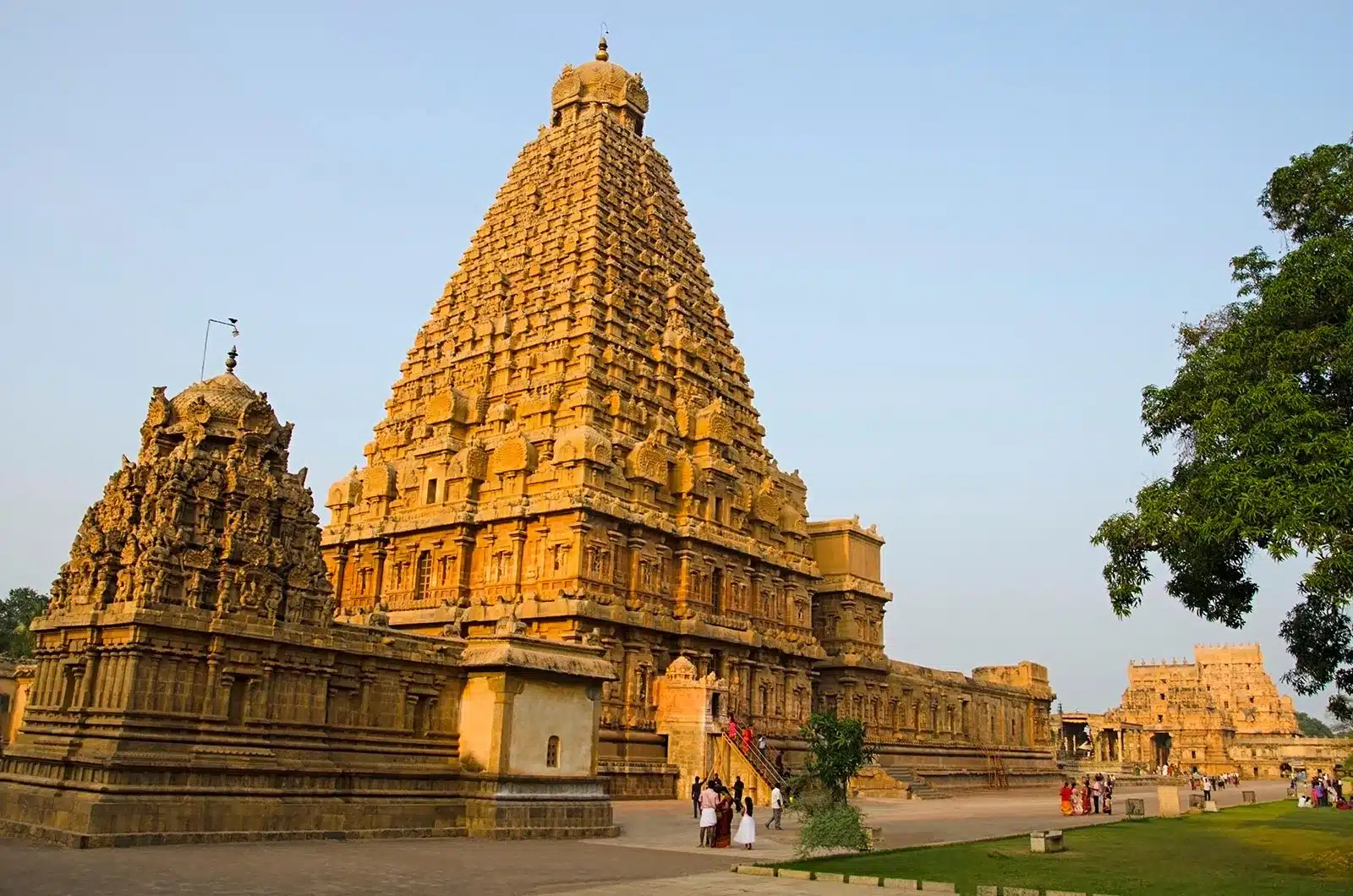
Built-in the 11th century, this temple showcases intricate sculptures and a towering vimana (tower) that represents the synthesis of spirituality and art.
The temple’s architecture embodies the Chola’s reverence for Lord Shiva and their penchant for grandeur.
4. Lotus Temple, Delhi: A Mesmerizing Abode of Bahá’í Faith
The Lotus Temple in Delhi, belonging to the Bahá’í Faith, stands out for its breathtaking lotus-like structure. This architectural masterpiece welcomes people of all faiths to meditate and reflect.

Its unique design, emphasizing unity and harmony, is a symbol of the oneness of humanity. The temple’s nine surrounding pools contribute to its serenity and promote a sense of tranquility.
5. Meenakshi Temple, Madurai: Where Sculpture and Spirituality Converge
The Meenakshi Temple is a dazzling example of Dravidian architecture and a prominent spiritual landmark in South India.
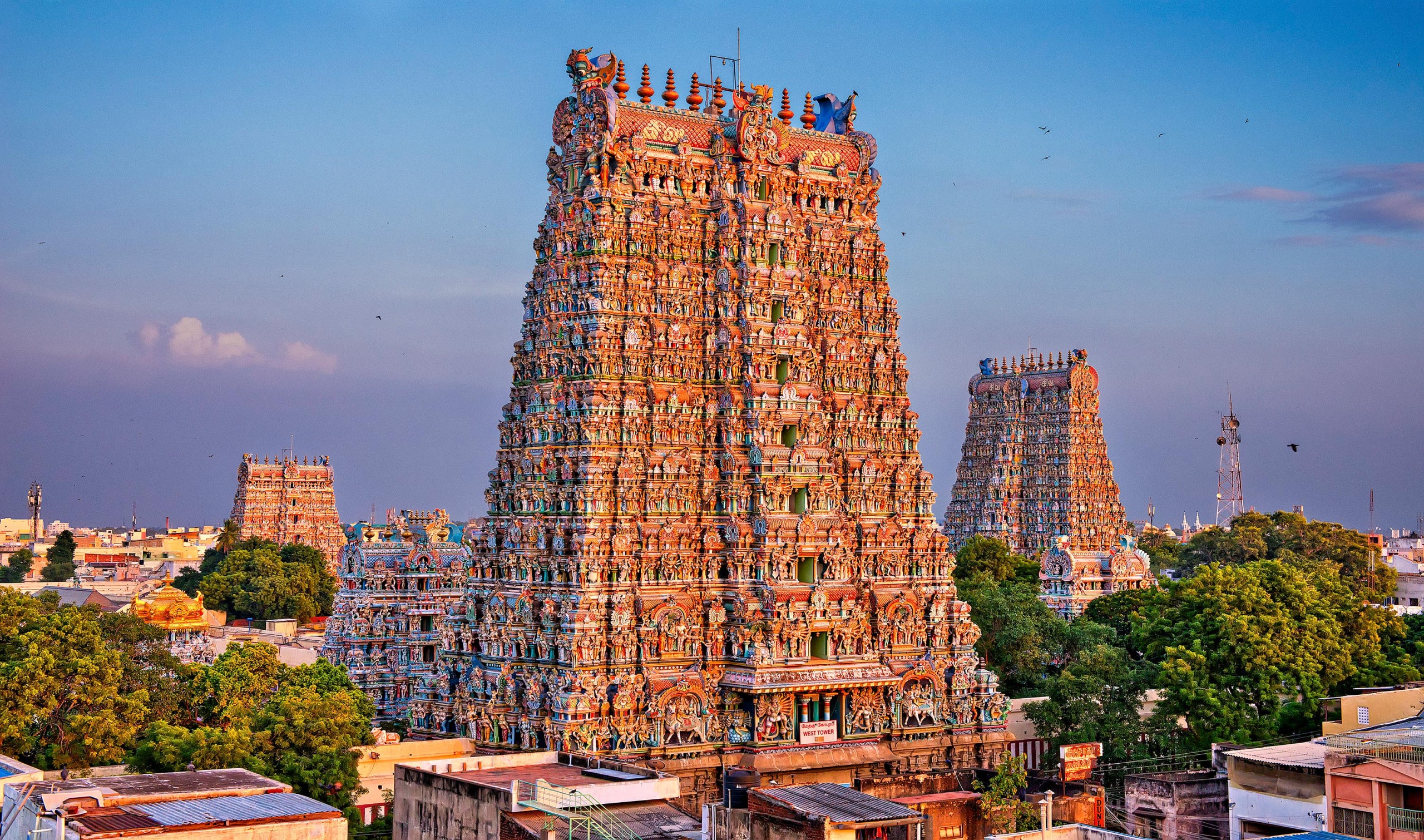
This temple complex boasts intricate sculptures, towering gopurams (entrance towers), and a vibrant array of deities. Dedicated to Goddess Meenakshi and Lord Sundareswarar, the temple is a celebration of divinity, culture, and intricate craftsmanship.
6. Jagannath Temple, Puri: A Synthesis of Rituals and Devotion
Located in the coastal town of Puri, the Jagannath Temple is a sacred pilgrimage site for Hindus. The temple’s unique feature is its annual Rath Yatra (chariot festival), during which the deities are taken out in grand processions.
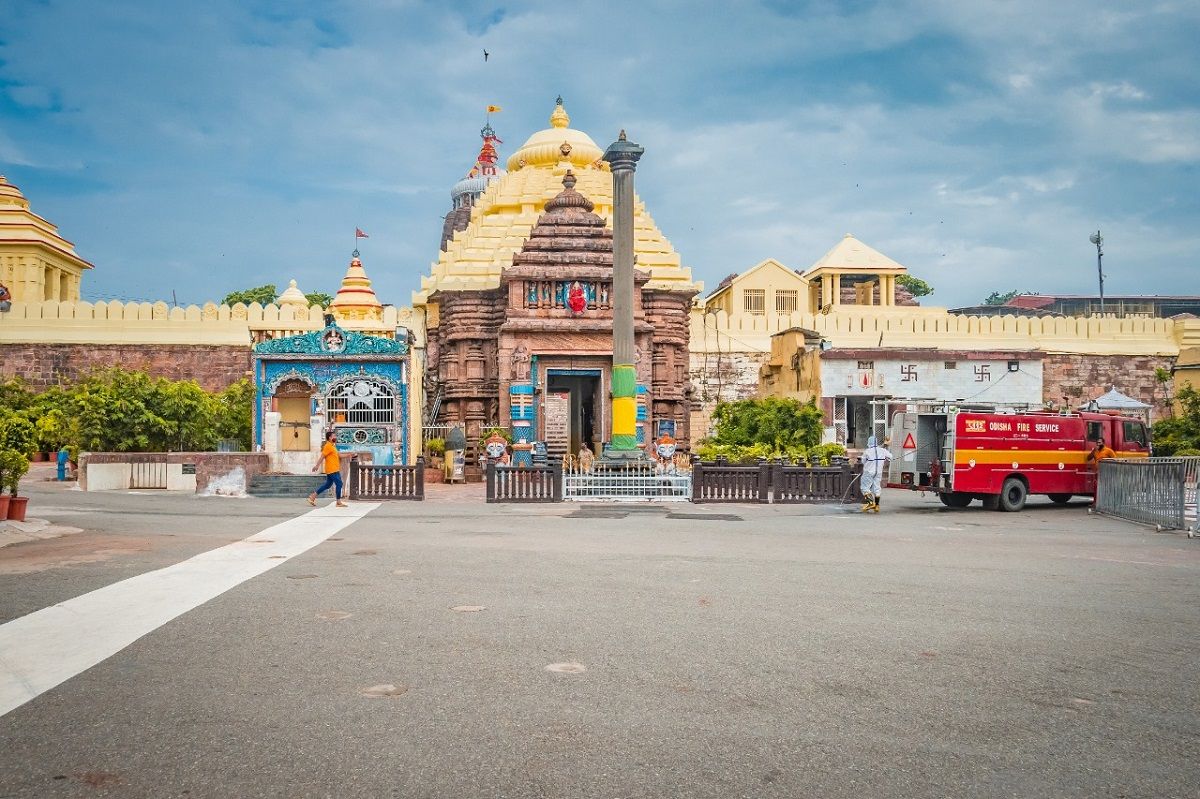
The architecture reflects the devotion and rituals associated with Lord Jagannath, making it a testament to the fusion of spiritual fervor and architectural finesse.
7. Kedarnath Temple, Uttarakhand: A Himalayan Abode of Lord Shiva
Nestled in the majestic Himalayas, the Kedarnath Temple holds immense spiritual significance for Hindus, particularly devotees of Lord Shiva.
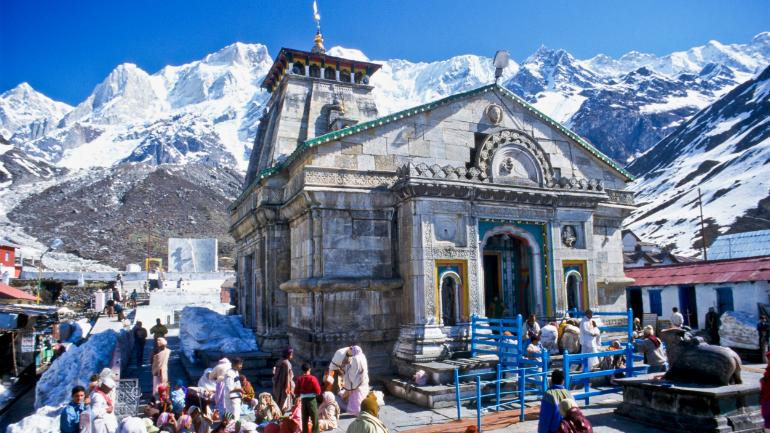
The temple’s rustic stone architecture harmonizes with its pristine natural surroundings.
A symbol of unwavering faith and determination, the journey to Kedarnath temple involves a trek through breathtaking landscapes, adding to its spiritual allure.
8. Dilwara Temples, Mount Abu: Epitome of Jain Architecture
The Dilwara Temples in Mount Abu, Rajasthan, are renowned for their intricate marble carvings that exemplify Jain architecture’s elegance and detail.
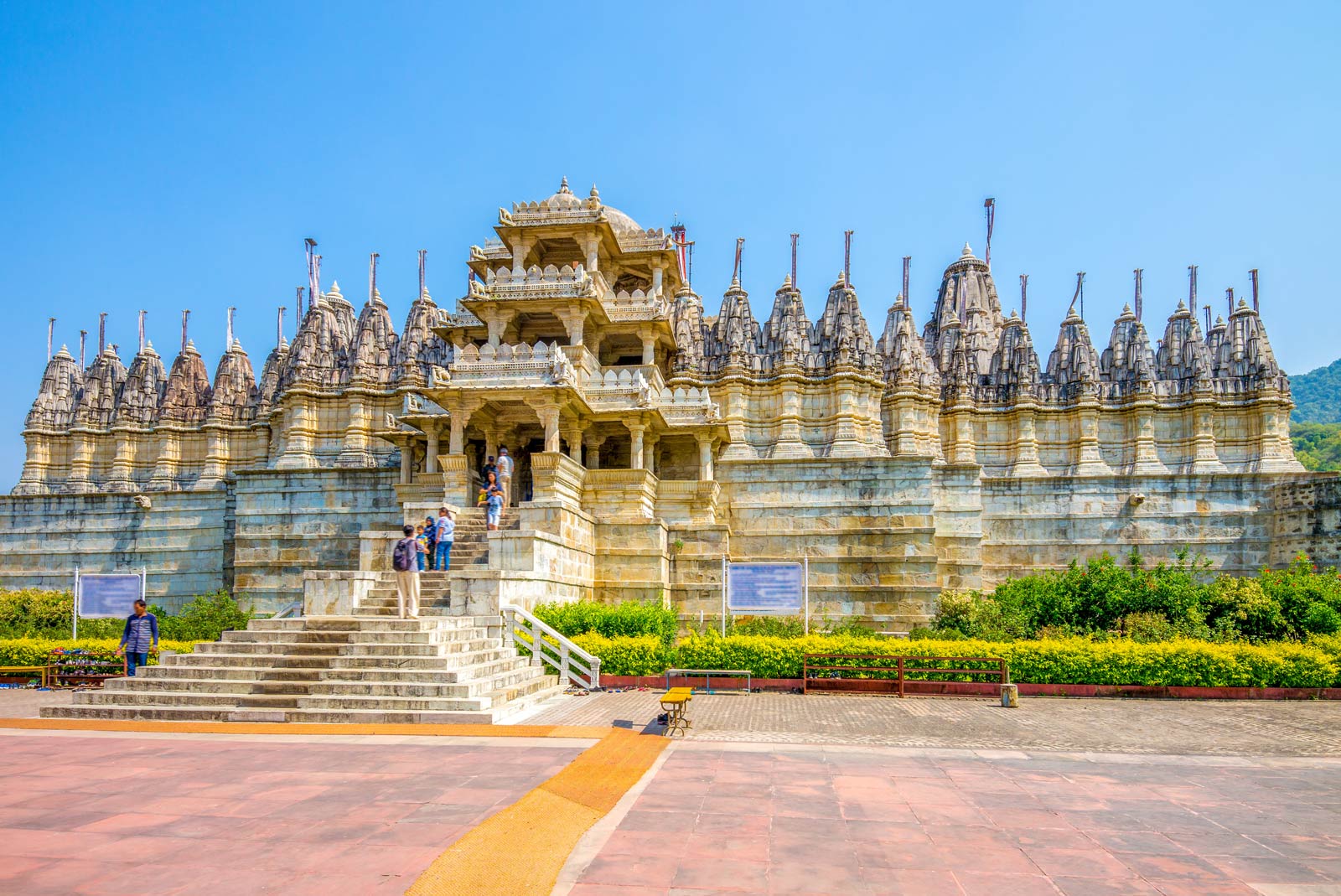
These temples are dedicated to Jain Tirthankaras and showcase the Jain principles of non-violence and simplicity.
The delicate artistry and ornate designs in marble make the Dilwara Temples a captivating destination for spiritual seekers and art enthusiasts alike.
Conclusion-
India’s temple trail is a captivating journey through its spiritual diversity and architectural brilliance. These eight temples represent not only the faiths they are associated with but also the larger message of unity, equality, and harmony.
From the towering gopurams of the south to the golden domes of the north, each temple tells a story that resonates with the heart of India’s cultural and spiritual heritage. As visitors and seekers explore these architectural wonders, they not only witness the magnificence of human creativity but also immerse themselves in the spiritual essence that has shaped India for centuries.
ALSO READ: Island Escapes: 6 Breathtaking Islands For A Tropical Retreat In India


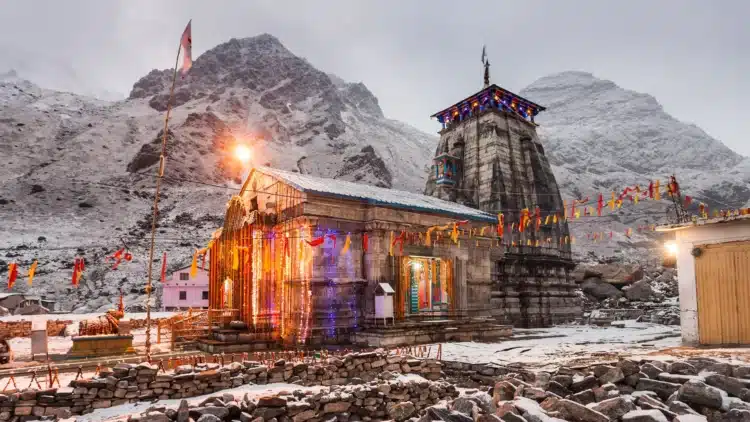







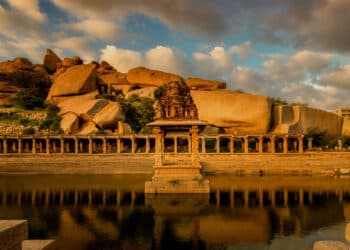




Comments 1